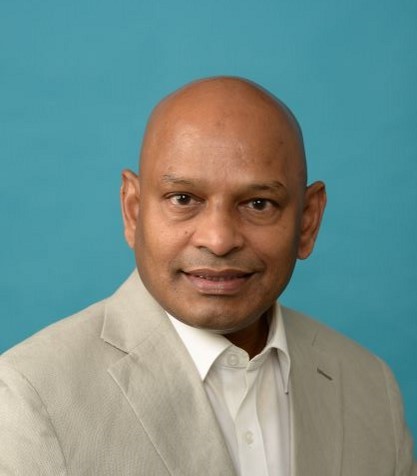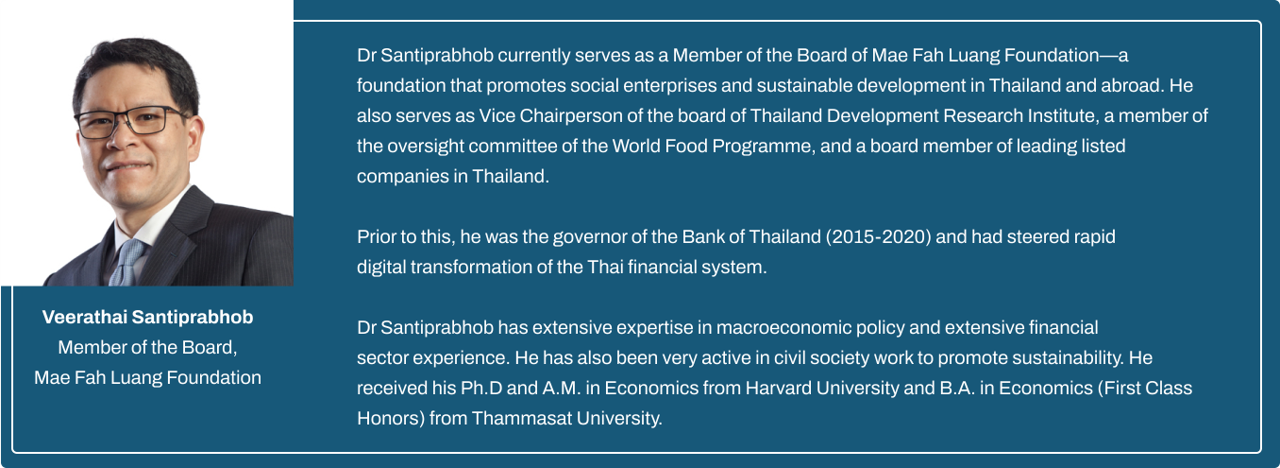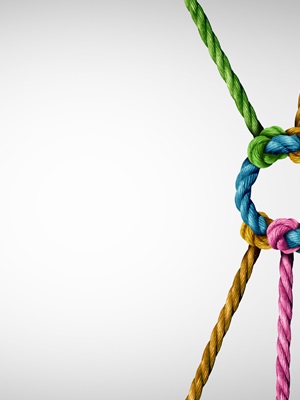
Prof Seeram Ramakrishna FREng
Director of Center for Nanotechnology and Sustainability @ National University of SingaporeFollower
Professor Seeram Ramakrishna FREng, Everest Chair, is a world-renowned poly-disciplinary scholar at the National University of Singapore (NUS). He is among the World’s Most Influential Minds (Thomson Reuters) and the Top 1% Highly Cited Researchers in cross-field (Clarivate Analytics). Stanford University C-score ranks him among top six impactful researchers of the world in materials as well as enabling & strategic technologies. He served as NUS Dean of Engineering and the university’s Vice-President of Research. He is an elected Fellow of the UK Royal Academy of Engineering (FREng), Singapore Academy of Engineering, Indian National Academy of Engineering, ASEAN Academy of Engineering & Technology and the American Association of the Advancement of Science (AAAS). He performs editorial roles at the Materials Circular Economy journal, Circular Economy journal and NPJ Urban Sustainability Journal. He is a co-author of an award-winning book "An Introduction to Circular Economy" and UNESCO report "Knowledge-driven Actions: Transforming Higher Education for Global Sustainability." He is a member of the EPR Advisory Committee of the Singapore Ministry of Sustainability and the Environment (MSE). He co-chairs the Environmental, Social and Governance (ESG) Advocacy Group at the Singapore Institute of Directors. He is a member of the ISO technical committee on circular economy. He is the Chairman of Climate Change TC at the Institution of Engineers Singapore (IES) and Plastics Recycling Center of Excellence at PRAS. He advises the IES Green Plan 2030. He is an evaluation panel member for the US$3 million Alliance Prize in Circular Solutions for Flexibles, sponsored by the Alliance to End Plastic Waste and Enterprise Singapore’s Startup SG Tech Competitions. He is a speaker at the prestigious Asian Leadership Forum. European Commission Director-General for Environment, Excellency Daniel Calleja Crespo, said, “Professor Seeram Ramakrishna should be praised for his personal engagement leading the reflections on how to develop a more sustainable future for all.”




